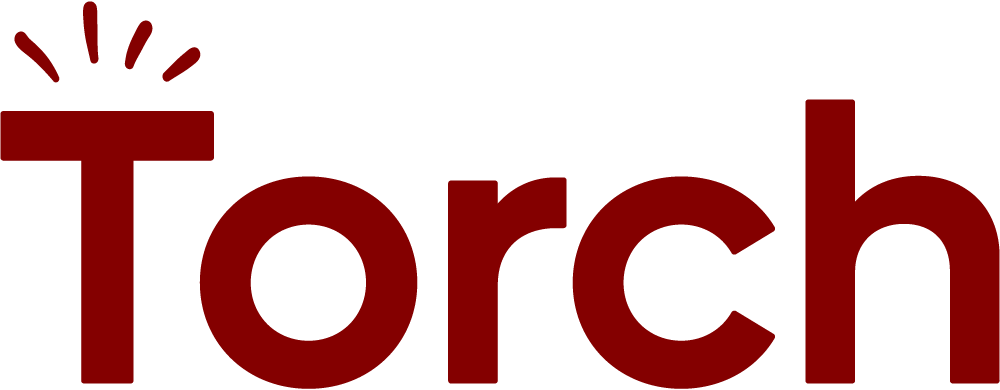Successful companies are always looking for new, impactful ways to invest in their employees.
While a high salary and solid benefits package are certainly a good place to start, it’s important to remember that employees also crave opportunities for growth and development.
A mentoring program is a great way to address these needs. In this article, we’ll outline the benefits of starting a mentoring program at your organization and take you through the steps to launch one.
The benefits of starting a mentoring program
Mentoring is a development-focused relationship involving a mentor who passes on relevant skills and experience to a mentee. A mentoring program adds structure to this relationship by making it goal-oriented and time-bound. A program also creates built-in accountability to raise the likelihood of getting measurable outcomes in a short amount of time.
Mentoring programs come with many benefits. Studies show that mentoring can improve an individual’s confidence in handling challenges, increase job satisfaction, get people proficient in their roles faster, and boost career ambition. Given all these positive outcomes, it’s no wonder that more companies are introducing mentoring programs to their workforce.
A 6-step process to start your mentoring program
If you’re thinking of starting your company’s first mentoring program, it can be overwhelming to know where to start. To help, we outlined six steps that address the most important components of designing, building, and launching a successful mentoring program.
1. Determine your goals
Even before starting the design process, the first step is to identify the goals for your mentoring program. You can develop goals by asking yourself questions like:
- What do we want to achieve with this mentoring program?
- What problems are we hoping to address?
- What does success look like for participants and the company?
- What metrics do we want to measure or achieve?
Being clear about exactly what you want to achieve will help you determine your approach.
For example: if your goal is to reduce turnover – particularly among junior team members and new managers – you may want to focus on building a mentoring program that increases engagement. You can do this by encouraging frequent touchpoints between the mentors and mentees and making the program more accessible to employees in that demographic.
2. Select participants
To have a successful program, it’s critical to choose the right participants. When it comes to selecting mentors and mentees, there are a few factors to take into consideration:
Seniority
This depends on your organization. If you’re not looking to roll out the program to your entire organization and want to focus on a specific demographic, you may want to target anyone from the manager to the senior director level for mentees and anyone above the senior director level for mentors.
Personality traits
It’s important to find participants who embody a growth mindset, which is the belief that one can improve through hard work. We conducted research that shows individuals with a growth mindset are more than twice as engaged as those who aren’t open to moving outside their comfort zone.
Openness to the process
Mentoring programs work best when participants can “opt in” since this is a benefit that requires additional time commitment. That’s why it’s important to select participants who show evidence of high motivation, openness, and flexibility.
Diversity
Mentoring programs are especially important to women and people in underrepresented groups. However, even though 67% of women rate mentorship as highly important in career advancement, 63% report they’ve never had a mentor. Make sure these groups have equal opportunities to be part of the mentoring program.
When it comes to mentors, you also have to decide whether to use internal or external leaders. There are pros and cons to both sides. Internal mentors are great because they’re more familiar with the company culture and can give more tailored advice to those who want to progress in the organization. On the other hand, external mentors bring objectivity and are a good option for organizations that don’t have enough leaders to support the program.
3. Establish program guidelines
In addition to selecting the right participants for the program, it’s also important to establish general guidelines to set everyone up for success. While you want to create enough room for flexibility, there are a few areas where you might want to offer guidance, such as:
- Frequency of meeting between mentors and mentees
- How to track progress
- Expectations of both mentors and mentees
- How to navigate potential challenges (e.g. if the mentor and mentee aren’t a good match)
4. Be thoughtful about the matching process
Matching mentors and mentees is always a tricky process. In general, you have three options to choose from:
- Let employees self-select their mentors
- Have the program admin make those decisions
- Use a matching survey that takes an algorithmic approach
For cohorts of 30 or more, we recommend the third option. We’ve found that at least two or three potential mentors for each mentee is ideal to ensure good matching. Also, keep in mind that effective matching is about more than just skills, interests, and job descriptions. The key is to develop a rounded picture of each mentor and mentee, and make a match based on the goals of the mentee.
5. Launch the program
To increase adoption of your program, we recommend building an internal brand that makes participation a special benefit rather than a requirement. For example, consider introducing a process where managers nominate high-performing employees and leaders to be part of the program. This not only publicly acknowledges the value of nominees, but also positions leadership coaching and mentoring as a vital step in their development.
If you’re hesitant about rolling out a full program, consider a time-limited pilot program instead! It’s a cost-effective way to evaluate the impact of mentoring before rolling out the program more broadly.
6. Measure and scale
Make sure you have technologies in place to help your employees track their goals and collect feedback over time. Why? Having the right platform can help visualize progress, demonstrate the ROI of the mentoring program, and provide a big picture of the capabilities of your employees.
Mentoring programs are an effective and meaningful way to invest in your employees. Use these recommended steps as guidelines to design, implement, and launch one at your own organization.

